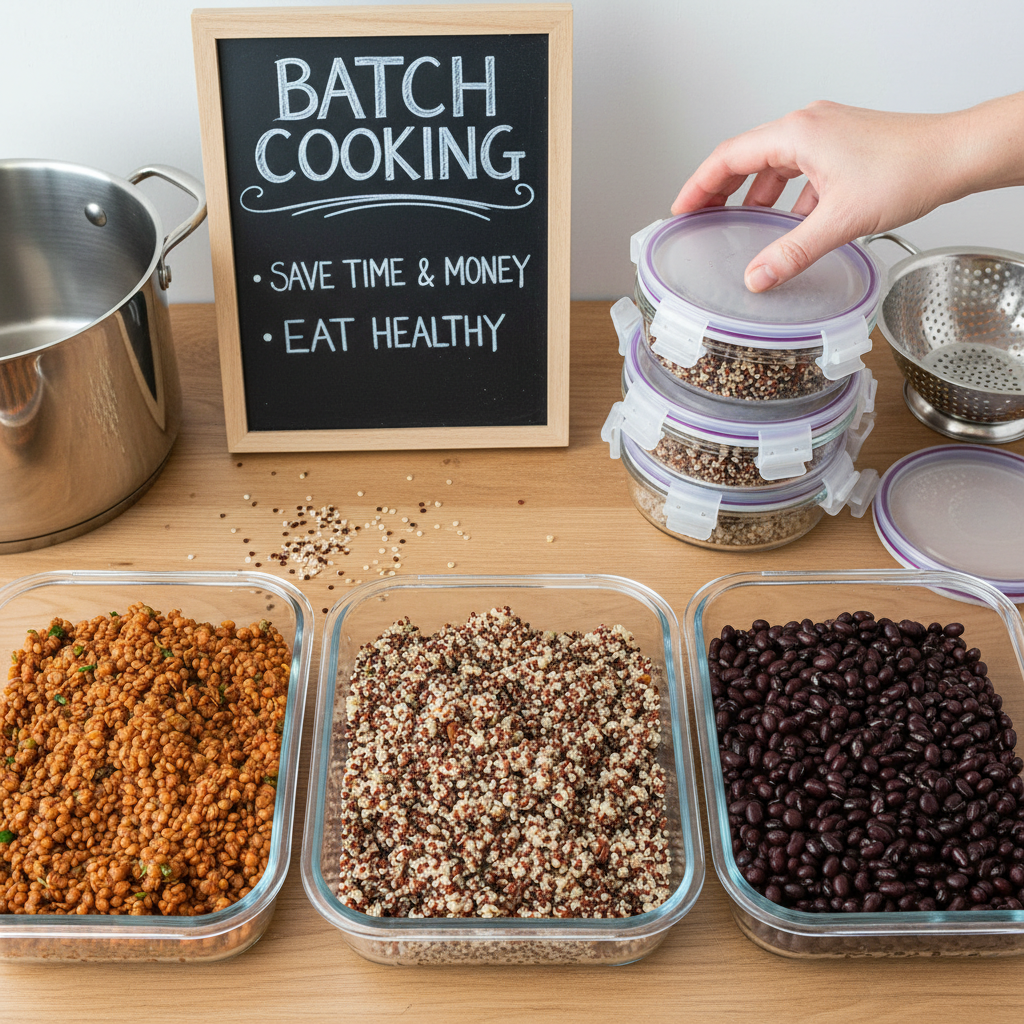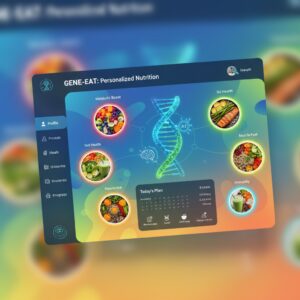
Want to hit your daily protein goals on a plant-based diet without emptying your wallet? You’re not alone. In 2025, more people than ever are turning to plant-based eating for health, sustainability, and budget reasons—but the myth that it’s expensive or hard to get enough protein persists. The truth? With the right strategy, you can easily hit 100g of protein per day on a plant-based diet for under $10 a day. Let’s break down exactly how, with real meal plans, shopping lists, and the latest affordable protein sources.
Why Plant-Based Protein Is Cheaper Than Ever
Recent data from the USDA shows that plant-based staples like lentils, beans, tofu, and whole grains remain the most affordable sources of protein per gram. In 2025, the average price of dried lentils is $1.20 per pound, canned chickpeas $0.99 per can, and firm tofu $2.49 per 14-ounce block. Compare that to animal protein—chicken breast averages $4.50 per pound, and lean beef is over $6.00 per pound.
Experts like registered dietitian Dr. Lisa Simonson (author of Plant-Based on a Budget) confirm that “plant-based diets are not only healthier but also more cost-effective, especially when you focus on whole foods and batch cooking.”

Sample 7-Day Meal Plan: 100g+ Protein, $10/Day
Here’s a realistic, budget-friendly meal plan that delivers at least 100g of protein per day using affordable, widely available ingredients. All prices are based on 2025 averages from major retailers like Walmart, Aldi, and Kroger.
Day 1
- Breakfast: Peanut Butter Banana Overnight Oats (1/2 cup oats, 1 tbsp chia seeds, 1 tbsp peanut butter, 1 cup soy milk, 1 banana) – 25g protein
- Lunch: Chickpea Salad Bowl (1 cup canned chickpeas, 1/2 cup quinoa, 1/2 cup veggies, 1 tbsp hemp seeds) – 22g protein
- Dinner: Lentil Bolognese Pasta (1 cup cooked lentils, 2 oz high-protein pasta, 1/2 cup marinara) – 28g protein
- Snack: 1/4 cup roasted edamame – 14g protein
Total: 89g protein (Add 1/4 cup tofu scramble for 11g more)
Day 2
- Breakfast: Tofu Scramble (1/2 block tofu, 1/2 cup black beans, 1 slice whole-grain toast) – 20g protein
- Lunch: Hummus Pasta (2 oz high-protein pasta, 1/4 cup hummus, 1/2 cup veggies) – 18g protein
- Dinner: Black Bean Soup (1 cup black beans, 1/2 cup brown rice, 1/2 cup veggies) – 24g protein
- Snack: 1/4 cup pumpkin seeds – 10g protein
Total: 72g protein (Add 1/2 cup Greek-style soy yogurt for 12g more)
Day 3
- Breakfast: Oatmeal-Date Pancakes (1/2 cup oats, 1 date, 1/2 cup soy milk, 1 tbsp flaxseed) – 15g protein
- Lunch: Red Lentil Soup (1 cup cooked lentils, 1/2 cup veggies) – 22g protein
- Dinner: Sweet Potato & Black Bean Tacos (1 cup black beans, 1/2 cup sweet potato, 2 corn tortillas) – 20g protein
- Snack: 1/4 cup sunflower seeds – 8g protein
Total: 65g protein (Add 1/2 cup quinoa for 9g more)
Shopping List: What to Buy for $70/Week
Here’s a sample shopping list for one person for a week, totaling under $70 (about $10/day):
- Dried lentils (2 lbs) – $2.40
- Canned chickpeas (4 cans) – $3.96
- Firm tofu (2 blocks) – $4.98
- Black beans (2 cans) – $1.98
- High-protein pasta (Barilla Protein+ or Banza, 2 boxes) – $6.98
- Quinoa (1 lb) – $4.99
- Oats (1 lb) – $2.99
- Soy milk (1 gallon) – $3.99
- Chia seeds (1/4 lb) – $4.99
- Hemp seeds (1/4 lb) – $5.99
- Peanut butter (16 oz) – $2.99
- Pumpkin seeds (1/4 lb) – $3.99
- Sunflower seeds (1/4 lb) – $2.99
- Fresh veggies (spinach, carrots, peppers, sweet potatoes) – $10.00
- Fresh fruit (bananas, apples, dates) – $5.00
Total: $69.75
Prep Tips for Maximum Savings and Protein
Batch cooking is your best friend. Cook a big pot of lentils, quinoa, and beans at the start of the week. Store in airtight containers for up to 5 days, or freeze for later. Use these as the base for bowls, soups, and salads.

Use high-protein pasta like Barilla Protein+ ($3.49/box) or Banza ($3.99/box) for extra protein in pasta dishes. Add seeds (hemp, chia, pumpkin) to salads, bowls, and oatmeal for a protein boost.
Pair grains and legumes (like rice and beans) to form complete proteins. This is a classic strategy that’s still the gold standard for plant-based eaters.
2025 Trends: What’s New in Plant Protein
In 2025, expect to see more affordable, high-protein plant products on shelves. Brands like Seitanic (seitan, $4.99/12 oz) and Good Catch (plant-based tuna, $5.99/6 oz) are gaining popularity for their protein density and versatility. Vegan protein powders like Orgain Organic Plant-Based Protein ($29.99/20 servings) are also more accessible, but whole foods should be your primary source.
Experts recommend focusing on whole foods first, then supplementing with modern plant proteins as needed. “The best plant-based diet is built on beans, lentils, tofu, and whole grains—not just powders and processed foods,” says Dr. Simonson.
Why This Works: The Science of Plant Protein
Recent studies confirm that plant-based diets can easily meet protein needs when well-planned. A 2024 meta-analysis in The American Journal of Clinical Nutrition found that plant-based eaters who include a variety of legumes, grains, and seeds have protein intakes comparable to omnivores.
The key is variety and consistency. By rotating your protein sources and including seeds, nuts, and soy products, you’ll get all essential amino acids and hit your daily targets without breaking the bank.
Take Action Today
Start with this meal plan and shopping list. Batch cook your staples, experiment with different recipes, and track your protein intake. You’ll be amazed at how easy and affordable it is to eat 100g of plant protein a day in 2025.

For more budget-friendly plant-based recipes and meal plans, check out Plant-Based on a Budget and Forks Over Knives. These sites offer free weekly meal plans, shopping lists, and expert tips to keep you on track.


